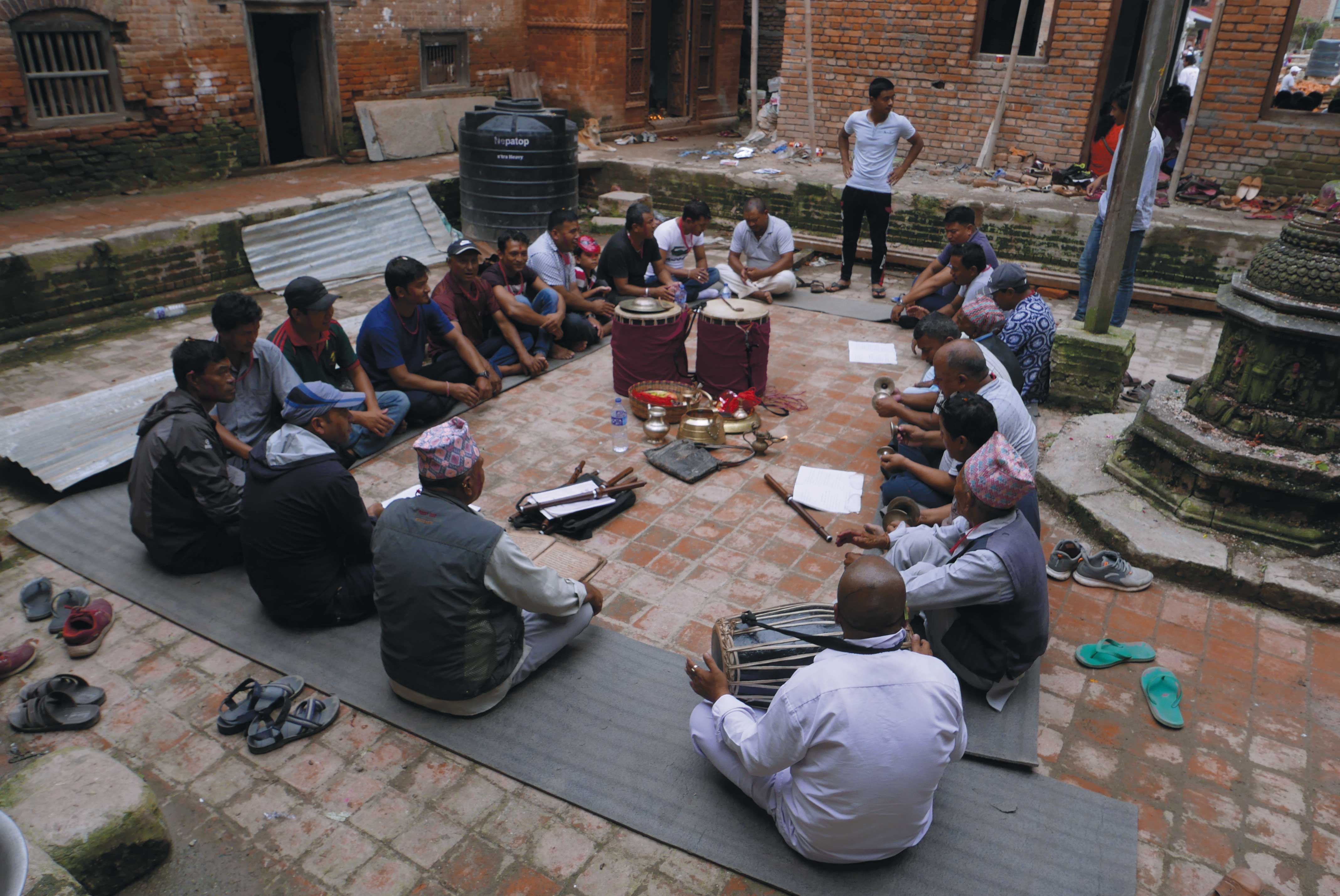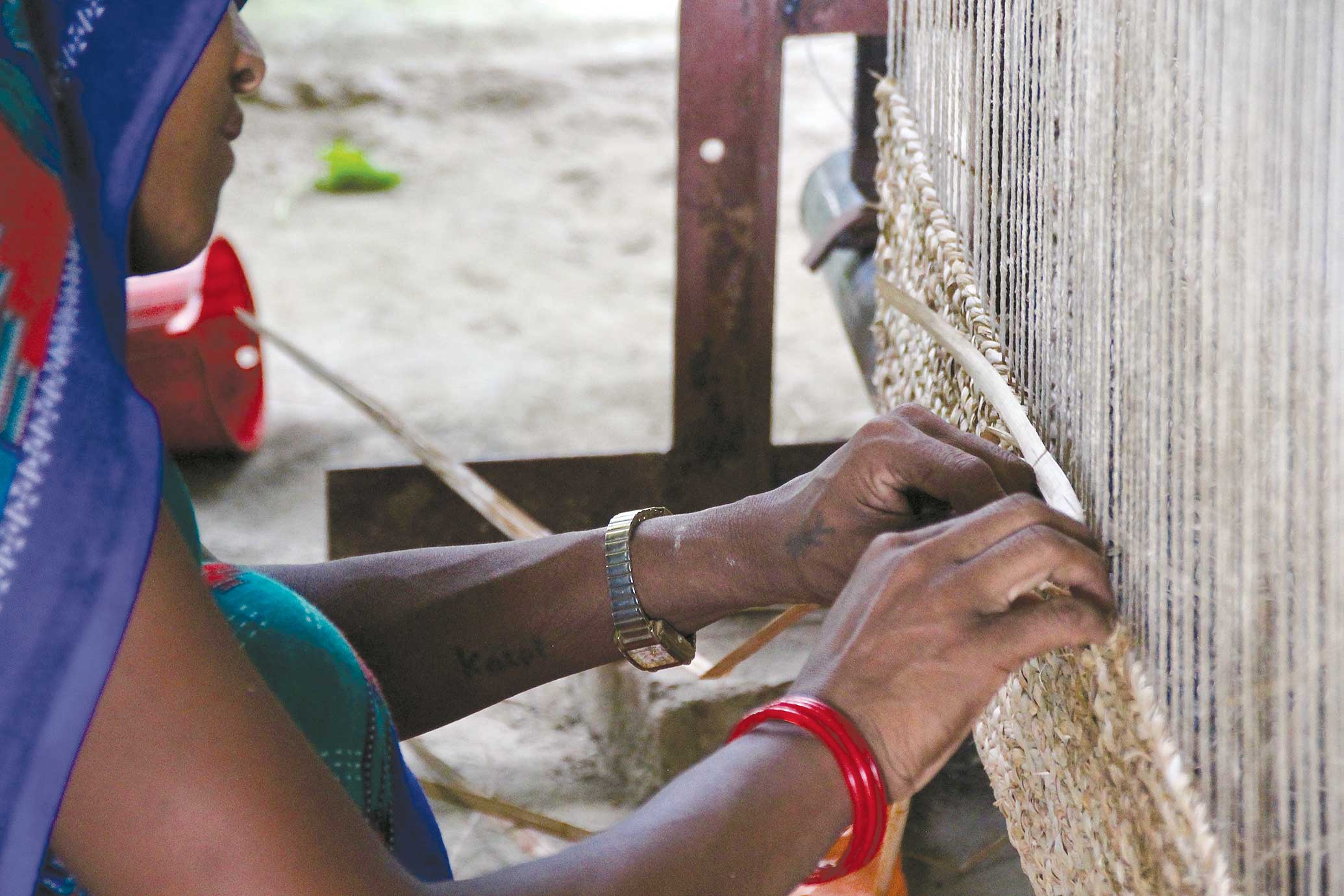Piercings may be a modern day fad among today’s youngsters, but here it is a tradition that carries different meanings among different clans.
 I remember the 5-year-old me running out of a jewelry shop with teary eyes when the jeweler pierced one of my earlobes. My grandmother had taken me there to get my nose and earlobes pierced, but I just couldn’t stand the horror and the pain. She was somehow able to convince me to pierce my other earlobe later, but I’ve never really had the guts to get my nose pierced till today. “You won’t be considered a Brahmin woman if you don’t put on a phuli (nose stud),” I hear my relatives saying this to me quite often.
I remember the 5-year-old me running out of a jewelry shop with teary eyes when the jeweler pierced one of my earlobes. My grandmother had taken me there to get my nose and earlobes pierced, but I just couldn’t stand the horror and the pain. She was somehow able to convince me to pierce my other earlobe later, but I’ve never really had the guts to get my nose pierced till today. “You won’t be considered a Brahmin woman if you don’t put on a phuli (nose stud),” I hear my relatives saying this to me quite often.
In Brahmin and Chhetri families, it’s a compulsion for women to pierce their nose. “This tradition has been popular for thousands of years, and still hasn’t lost its importance,” says Nirmala Dhungana, Associate Professor at Padma Kanya Campus in Kathmandu, who teaches Culture. According to her, people started the tradition years ago to place their daughters higher in the societal hierarchy; those women who put on a nose ornament were recognized as higher caste women. Women were believed to be pure if they put on such ornaments, and only then were they allowed to work in the kitchen or to participate in family pujas. “Also, having a metal attached to one’s nose (preferably gold) is believed to protect a woman and her husband from evil spirits,” shares Dhungana, adding that nose ornament is taken as a sagun or saubhagya during marriage, along with other ornaments like potey, bindi, tika, and earrings. In many families, women take off their nose ornaments after the death of their husbands. However, this practice has been losing importance lately.
Evidence of popularity of nose-piercing in Mithila culture can be spotted in Mithila art works that are available in abundance in the Terai. Women in such paintings are seen bedecked with significant nose ornaments. But, with changing times, it’s not a compulsion anymore. For those who wish to put on nose ornaments in Mithila culture, gold, silver, and diamond are considered the best metals.
“Being born in a Gurung family in Lamjung, my mother got my nose pierced when I was 10 days old,” says Hira Gurung. In her community, women mostly put on a small phuli, while laure phuli (bigger in size) also used to be very popular in the village. The popularity has, however, been diminishing, and most families don’t force their daughters to pierce their nose these days, she adds. While in Tamang and Sherpa communities, especially those living in the Himalayan region, jhamke phuli, a half-moon shaped nose ornament, is regarded as a very precious ornament. Even though the new generation doesn’t prefer putting it on at all times, unlike older people, it is gracefully worn on special occasions like weddings and Lhosar (New Year).
There’s no tradition of putting on a nose ornament in Newar communities. Surakshya Bajracharya, who grew up seeing no one in her family piercing their nose, says that she isn’t much fond of doing it herself, either. “However, I like it when other women adorn themselves with different types of nose ornaments. It adds to their beauty, especially when they are dressed up in traditional attire for special occasions,” she observes. “It feels like nose-piercing serves the purpose of helping others identify a person’s ethnic background; whenever I see a woman who hasn’t pierced her nose, I get the feeling that she belongs to the Newar community,” she quips.
In villages where proper equipment for piercing isn’t available, people use sharp thorns. Some even use needles, and leave the thread hanging by the nose for at least a week. A mixture of oil and turmeric powder is applied, so that the pierced part doesn’t get an infection.
In the past, those who couldn’t afford a metal ornament used to make one out of locally available glossy wood.
People prefer gold for making their nose ornaments, as gold is considered as a pure metal. Having it attached to their body at all times means they can have access to gold whenever there is purification to be done. For instance, if a kitchen needs to be purified, women bring some drops of water in contact with their golden nose ornaments and sprinkle the purified water all over the kitchen.
When a woman passes away, her nose ornament, along with other jewelry, is taken off and given away for charity. It’s believed that doing so will help the departed soul to rest in peace.











